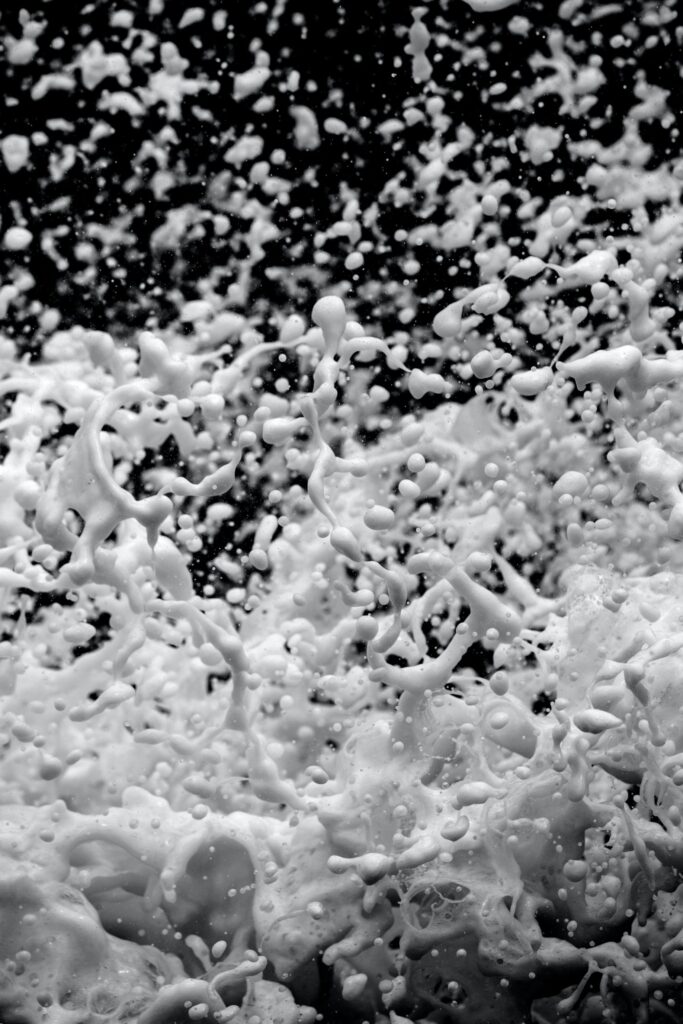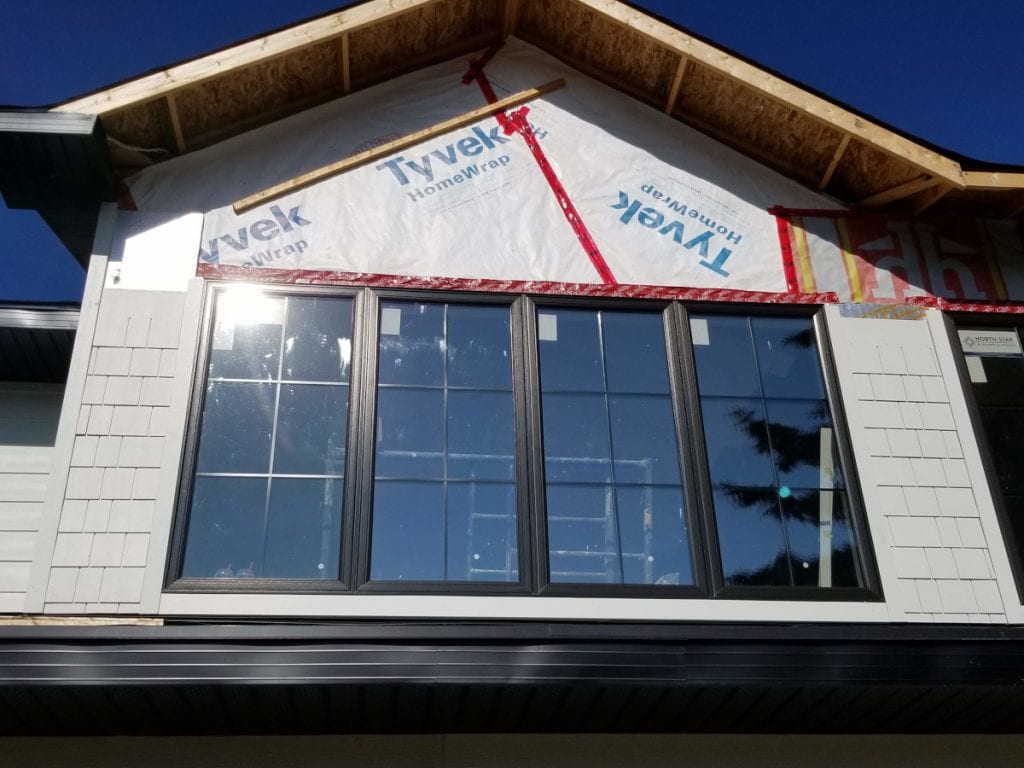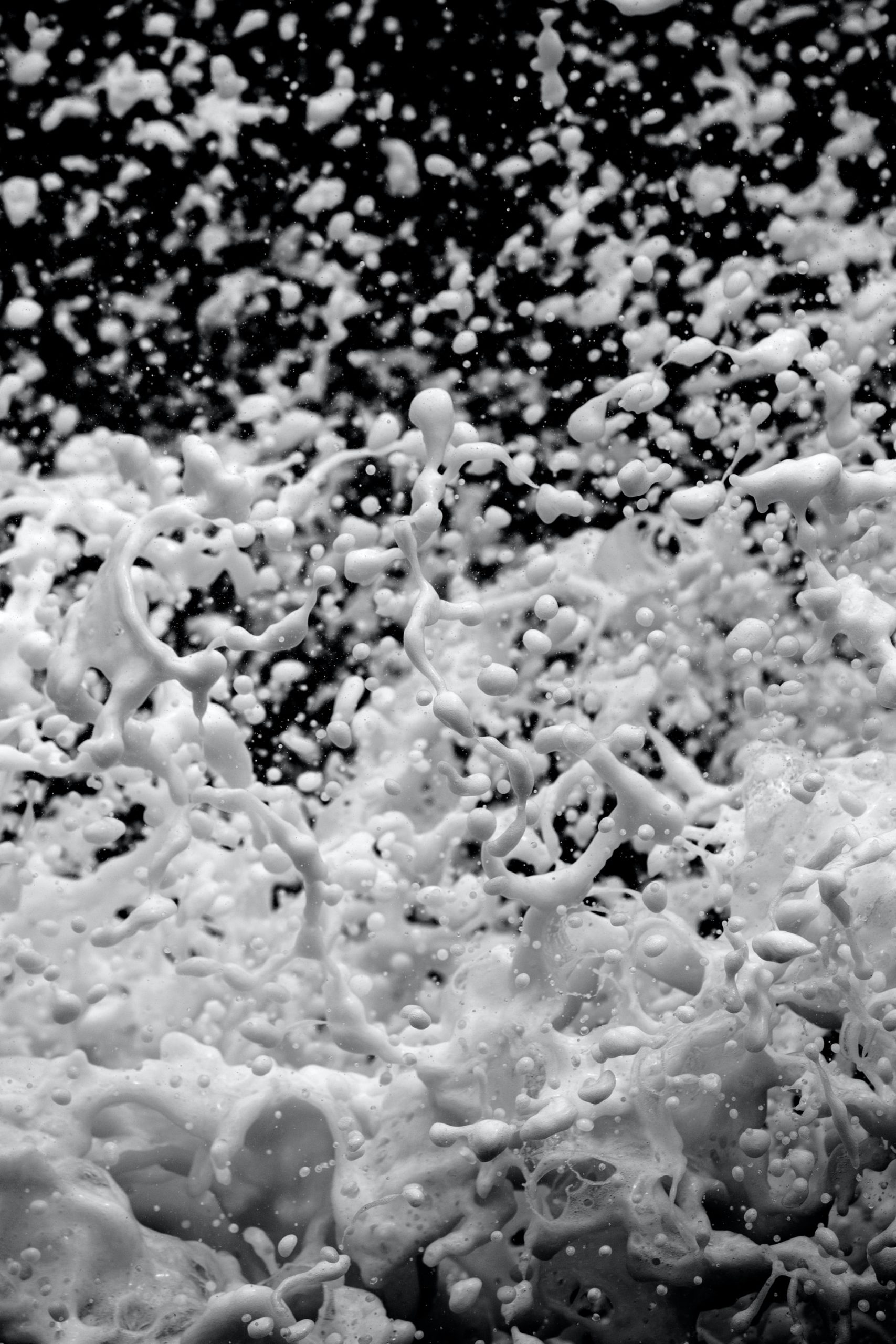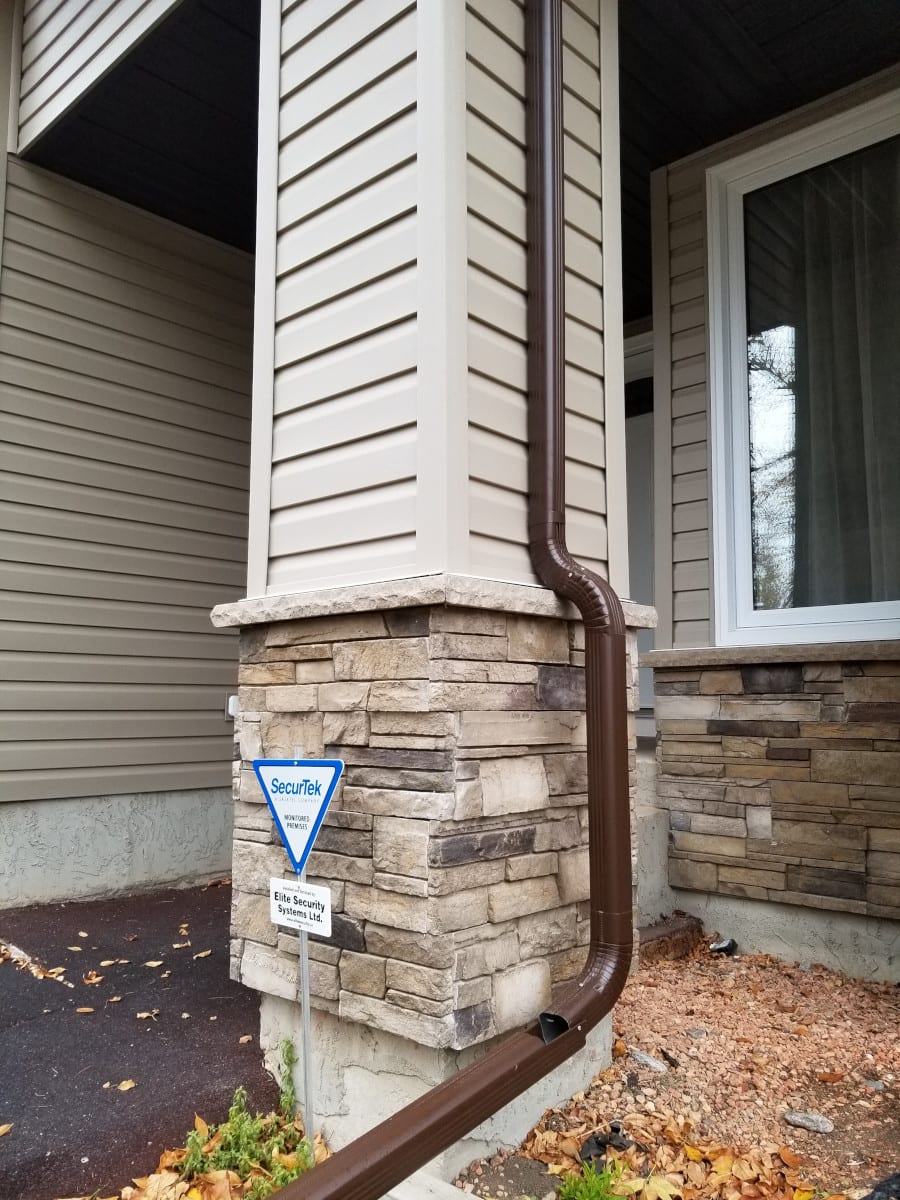Basic Facts and Myths About Foam Insulation
Home insulation provides a wide range of benefits, ranging from heat retention to cooling. However, understanding the shortcomings of polyurethane foam – or rigid foam as some call it – is crucial in the understanding of your home. Here’s a look at some of the important facts you must understand about foam insulation to find out whether it’s the right solution for you.
What is foam insulation?
Foam insulation is a rigid material, simply put, unlike cellular glass insulation. Also, SPF, which stands for Spray Foam Performance Materials, is ultimately designed to promote airflow, not trapping air.
There are some insulation products that are rigid and air-tight, which can be a problem if they are used in areas where air exposure is a factor (for example in mechanical and plumbing work). This is different from SPF, which is applied on the exterior surfaces of a property.
What are the most common types of foam insulation?
Cellular glass insulation is one of the most common ways to provide home insulation and one that many homeowners might be familiar with. Although not as effective as other types of insulation like SPF, it’s cheap and relatively effective when used in small areas. The reason that it can be used in small areas is that is largely made up of glass fibers, meaning that it can easily be compressed to the size of large areas.
Foam insulation is made from a mixture of polyurethane and water or a thermoset of a thermoset. Although it is less effective at insulating an area than fiberglass insulation, it does not need to be dealt with in home construction, as it can be applied directly in small installations, where high R-Value (a measure of thermal resistance) is a concern.
What about the benefits of spray foam?
Polyurethane and fiberglass insulation are costly – not only to install but also to maintain. The best way to insulate a property is to apply a layer of insulation that meets the R-Value requirements. These insulation solutions are usually installed in one- or two-inch sheets and are blown into place with a handy hose. This method is guaranteed to give an exceptional performance for between 10 and 20 years.
Spray foam insulation is a highly efficient, environmentally friendly material that delivers outstanding performance over the long term. It is also deposited with a small amount of material that covers the surface, which only leaves the surface sparkly clean and dust-free. Sprayed polyurethane insulation is often used in the attic to achieve ‘whole-house heating. While not technically ‘whole-house insulation, the polyurethane spray is aimed at covering the roof distance, which is available in commonly 20- to 50-feet wide.
What about other materials?
Cavity-cuts, though highly effective at providing insulation, are not essentially of use in smaller areas, as it is very heavy and hard to cut and install. Cement and acrylic sheets, though effective in larger areas, do not provide insulation to windows and walls. Polystyrene sheeting s perfect for providing insulation over concrete slabs, while appearance panels diagonal over the exterior wall will provide benefit to stucco homes. Gutter protection should be installed to prevent shut-off of the stormwater system while providing protection from water across the distance of the radiant medium.
Now that you have a general idea about foil or SPF you can install your own insulation using easy-to-follow installation procedures.









